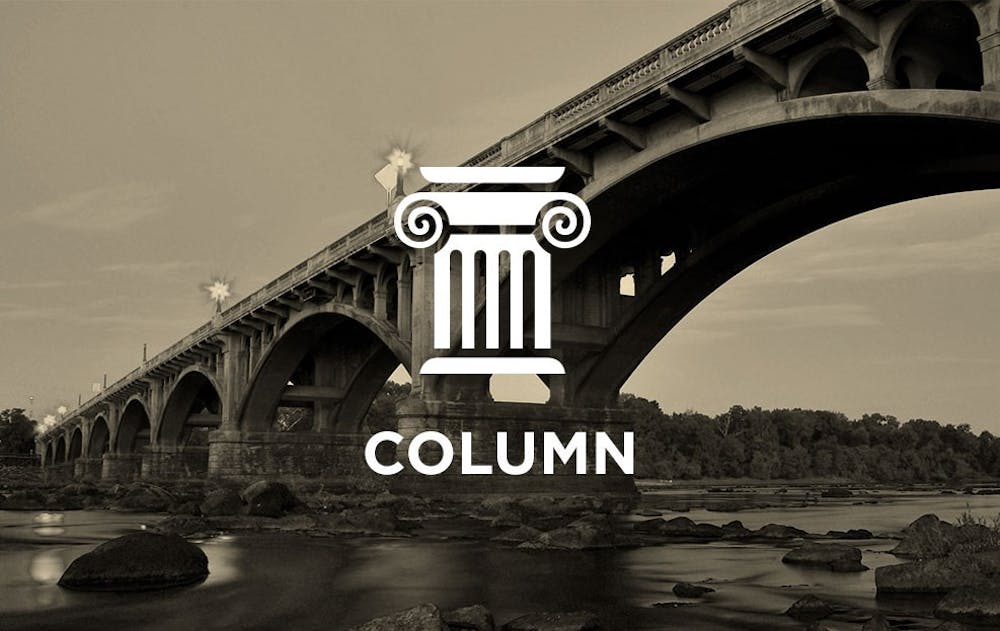The death of Supreme Court Justice Antonin Scalia has seen a nation divided, as an appointment of a liberal justice by President Obama or his potential Democrat successor would result in the most leftward leaning Supreme Court in almost 50 years.
For many Democrats, this is a dream come true. A liberal utopia in which a predominantly Democratic Supreme Court stands in accordance with a president who, according to recent conjectures, is most likely going to be a Democrat, is an appealing vision to many of this country’s liberals.
The politicization of the Supreme Court has long been a contentious talking point in American politics. Accordingly, the eagerness with which many await a Democratic appointment to the Supreme Court is alarming, to say the least, and more frankly, is downright undemocratic.
The sole purpose of the Supreme Court, as indicated in Article III of the Constitution, is to determine, appropriately, the constitutionality of laws. Ideally, the Court should be immune to national politics, because unlike the mercurial ideologies of American political parties, the Constitution is rigid in form, a binding document consecrated in ink.
Unfortunately, due to the ambiguous nature of several of the Constitution’s clauses, as well as the inability of the founding fathers to foresee many of the changes that would take place in this country — for example, automatic rifles and gay people — several camps of interpretation were established to negotiate the Constitution’s ambivalence.
However, strict or loose constructionism cannot account for the increasingly factional nature of the Supreme Court, a dangerous trend that undermines the integrity of our nation’s highest law.
Less than two percent of Court decisions resulted in a 5-4 split in the years between 1801 and 1940. This breakdown is indicative of Supreme Court justices that are unbound by their political allegiances, as they should be, considering that the Constitution makes no mention of political parties whatsoever. By contrast, the two most recent Supreme Courts voted 5-4 more than 20 percent of the time.
The hypocrisy behind such voting habits is that rulings on constitutionality should be entirely disparate from current political trends. The Supreme Court was not designed as a compliment to the legislative branch, and to see it become another law-making body compromises its objectivity. Laws, regardless of which party they stem from, are either constitutional or not, and the political preference of justices should play no role in this determination.
This country is not in need of a far-left justice, because by its very nature the Supreme Court is designed as a conservative body. The Constitution is not a suggestion but an absolute, and when it comes to a given law’s adherence to this text, conservatism is essential. Obama or his successor should focus not on selecting a left-leaning justice, but on finding one that sees beyond party divisions altogether.
Many Americans are dissatisfied with the political and social state of this country, and a liberal Supreme Court appointment presents itself as a quick remedy. A country with a Democratic judicial and executive branch has an obvious appeal — primarily, the expedition of the liberal agenda.
As attractive as this may seem, this is not how democracy works. Change worth having is change worth fighting for, and the difficulty with which this country and many other democracies enact change embodies this mentality. While a nation run by people that always agree is tempting, it is inherently undemocratic. A conservative Supreme Court maintains much-needed balance in the American political system and enables change — at an admittedly slower pace —while concurrently upholding the values we often take for granted in the Constitution.

